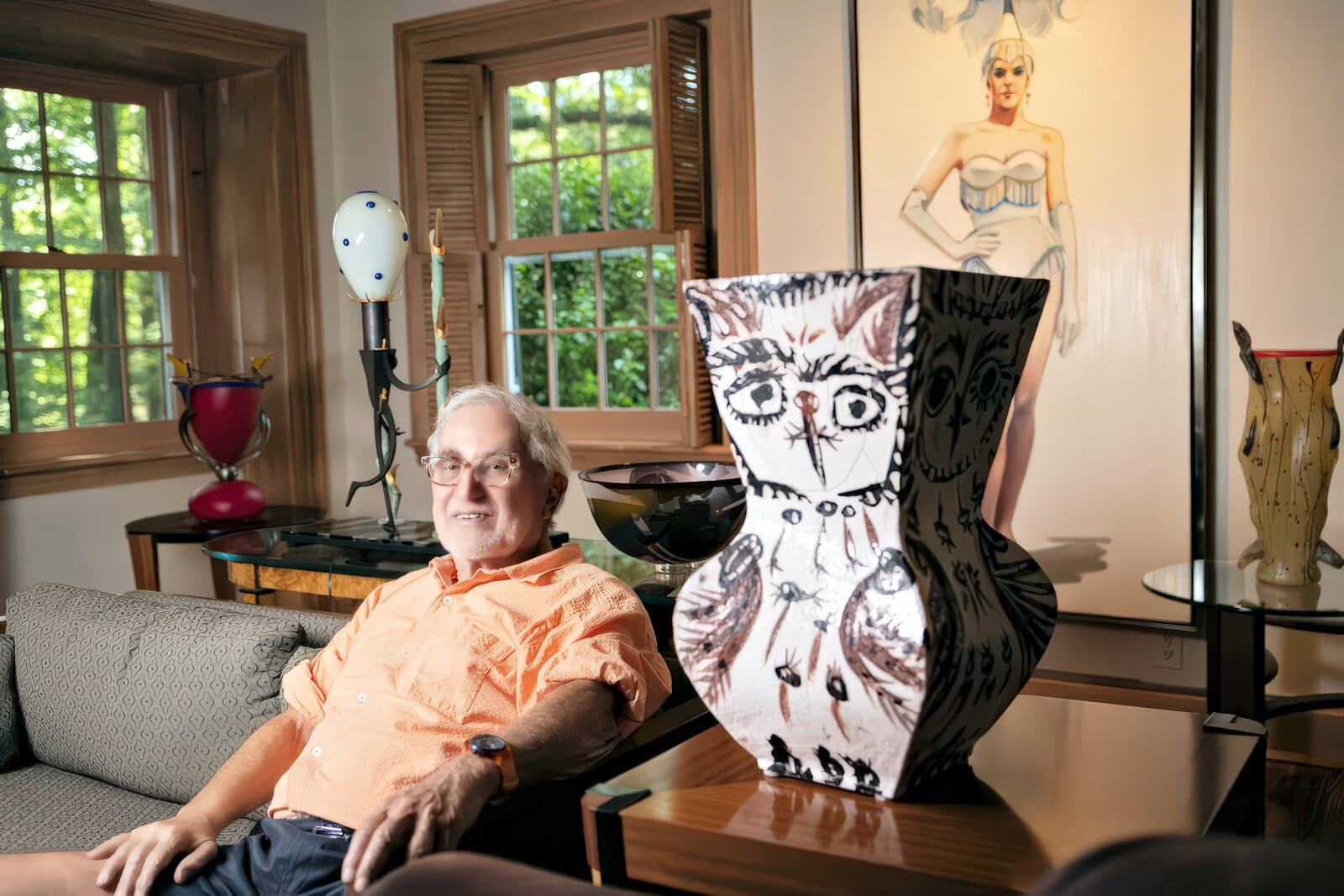$20 million gift from Samuel G. Rose creates center for the futures of native peoples at university

In a landmark act of philanthropy and remembrance, Dickinson College announced the creation of the Jim Thorpe Center for the Futures of Native Peoples, a visionary project made possible by a $20 million gift from alumnus Samuel G. Rose.
The new center, rising just a few miles from the former Carlisle Indian Industrial School (CIIS)—the first federal off-reservation boarding school designed to forcibly assimilate Native children—represents both a reckoning with history and a bold investment in Indigenous futures.
For Amanda Cheromiah (KawaiKa-Laguna Pueblo), executive director of the Center for the Futures of Native Peoples (CFNP) and a granddaughter of six CIIS students, the moment carries profound emotional and historical weight.
“Just a few miles from the former grounds of a place that sought to erase our cultures and identities, the new space will stand as a testament to our strength and thriving presence,” she said, underscoring the transformation of trauma into resilience.
The Jim Thorpe Center takes its name from Wa-Tho-Huk (Jim Thorpe)—the legendary athlete, member of the Sac and Fox and Potawatomi Nations, and CIIS alumnus—whose legacy transcended sport.
A two-time Olympic gold medalist and professional baseball and football player, Thorpe’s life became a symbol of excellence and endurance amid a century marked by cultural erasure and systemic injustice.
Beyond his athletic triumphs, he remained dedicated to the advancement of Native peoples, advocating for representation, opportunity, and pride long before such efforts were recognized as movements.
The heart of the new building will be the Samuel G. Rose ’58 Art Gallery, celebrating Indigenous art and representing the largest single arts investment in Dickinson’s history. Designed to elevate the college’s collection and academic engagement with Native and contemporary art, the gallery is envisioned as both a teaching space and a sanctuary for creativity, reflection, and dialogue.
For Samuel G. Rose, the benefactor behind this transformative project, the donation is the latest in a long lineage of generosity.
A Philadelphia-born real estate developer and Dickinson graduate, Rose has quietly become the college’s most significant benefactor, contributing over $100 million to its programs and growth.
His philanthropy has fueled scholarships, academic innovation, campus facilities, and the arts—areas he believes can serve as enduring bridges between cultures and generations.
With this latest $20 million gift, Rose not only expands his personal legacy but deepens Dickinson’s engagement with the nation’s Indigenous past and future.
The Jim Thorpe Center also reflects the college’s sustained effort to confront its historical ties to the Carlisle Indian Industrial School, which operated from 1879 to 1918 under the notorious federal policy of forced assimilation.
Today, Dickinson is custodian of the world’s most comprehensive digital archive of CIIS materials—a project that continues to serve researchers, descendants, and educators seeking truth and reconciliation.
The Center for the Futures of Native Peoples, established in 2023 with foundational support from the Mellon Foundation, builds upon this commitment through scholarship, community partnerships, and education grounded in Indigenous knowledge systems.
Architecturally, the project draws on the expertise of two distinguished designers: Richard Olaya, AIA, of O Z Collaborative serves as architect of record, and Johnpaul Jones, FAIA, of Jones + Jones—one of the nation’s foremost Native American architects—leads as design architect. Jones, of Choctaw, Cherokee, and Welsh descent, is a founding principal of Jones + Jones Architects and Landscape Architects and a recipient of the National Humanities Medal.
His previous work includes the Smithsonian’s National Museum of the American Indian, an enduring symbol of cultural reclamation and dignity.
His involvement ensures that the Jim Thorpe Center will stand not merely as a building, but as a living memorial—rooted in land, history, and spirit.
For Dickinson College, the creation of the Jim Thorpe Center signifies more than institutional growth—it signals a reckoning with America’s intertwined legacies of education, erasure, and endurance.
For the Indigenous communities whose ancestors once walked the grounds of the Carlisle school, it represents something deeper still: an acknowledgment long overdue, and a promise that the future will honor, not silence, their voices.

